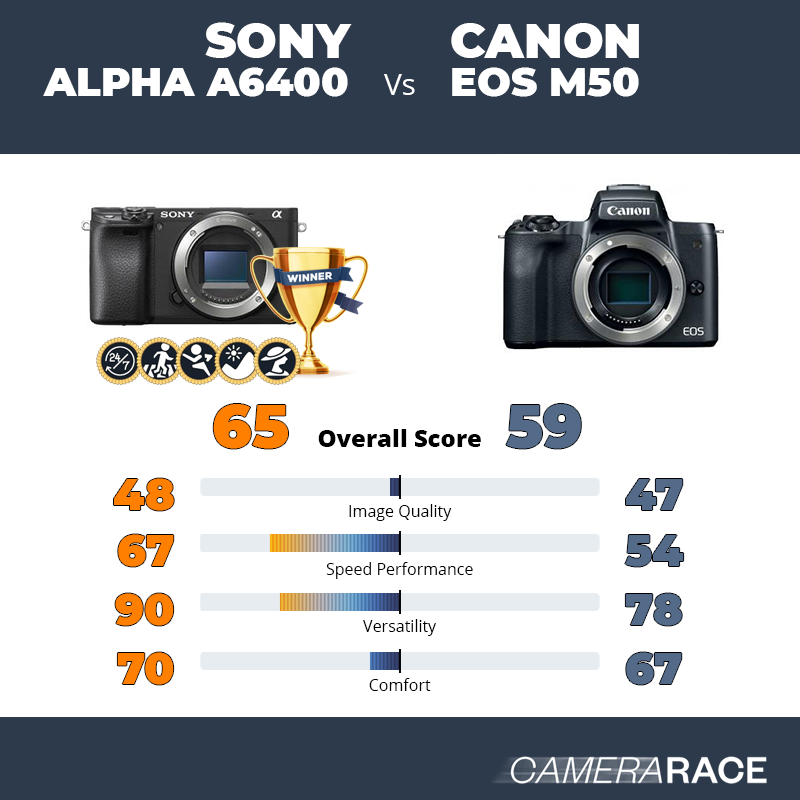
When you make a purchase after clicking on one of the affiliate links on this site, APOTELYT.com may get a commission. Neither the affiliate payment nor the amount that you are charged by the merchant will be affected by this payment. If you want to carry your camera on a regular basis, you will need to consider the weight and dimensions of the camera. When using a stereo microphone, it is possible to record audio files or videos in stereo without the need of an additional microphone. Connecting external high-end or specialty microphones is made possible via the microphone port.
The Canon Eos M6 Mark II is a mid-range DSLR camera.
The Fujifilm X-T30 has a single-axis tilting screen, which is mostly useful for shooting from waist or above-the-head heights. There are 13 distinct filter effects available on the Fujifilm X-T30 II, all of which may be previewed on the LCD screen before shooting a shot. The Canon EOS M50 Mark II and Fujifilm X T30 X-T30 II is powered by the same NP-W126S Li-ion battery as the original X-T30 model, which has a rated life of 380 shots according to CIPA standards. However, you can also recharge the camera through its USB Type-C connector, in addition to using the included charger, allowing you to charge it from an external battery bank while out in the field.

Which are the most often used comparisons and why?

On the right-hand side of the screen, there is a little icon that, when pressed, enables you to select between using the screen to set the AF point and having the camera focus and then shoot a photo. The touchscreen feature may be turned off completely if that is your preference. As previously stated, the X-T30 II is equipped with two different types of shutters: mechanical and electrical.
For its part, the Canon M50 II has a Fully Articulated screen, which makes it more versatile and handy, particularly for shooting Selfie photographs and recording videos with the camera. In this review, we’ll look at the Fujifilm X-T30 II and the Canon M50 Mark II, two entry-level mirrorless cameras from Fujifilm and Canon, respectively. The Fujifilm X-T30 II and the Canon M50 II were both brought to the market in September 2021 and October 2020, respectively. Because the age gap between the X-T30 II and the M50 Mark II is just 11 months, we anticipate that this will be a fair comparison in terms of both age and technological level. It’s possible that you’ve already made up your mind about which camera would best meet your requirements and fit your budget, but in case you’re curious about how we ranked the Canon M50 II and Fujifilm X-T30, we’ve broken down their ratings in five distinct categories for you below. There are now 6 lenses for the Canon EF-M mount and 15 lenses for the Fujifilm X mount that include image stabilization.
The Fujifilm X-T30 II is equipped with a 26.0MP APS-C (23.5 x 15.6 mm) sized X-Trans CMOS sensor and an X-CPU 4 processor. It is available in black or white. The Canon M50 II, on the other hand, has a 24.0MP APS-C (22.3 x 14.9 mm) CMOS sensor and is equipped with a Digic 8 processor. Canon M50 II specifications The following is a comparison of the rear view sizes of the Fujifilm X-T30 II and the Canon M50 II. As previously stated, the Fujifilm X-T30 features a sensor area that is 1.1 times larger than the Canon M50 II. When shooting at the same focal length and aperture as a smaller sensor, larger sensors provide the photographer greater control over the depth of focus and fuzzy backdrop than smaller sensors. Camera specifications include a 24.0-megapixel APS-C sensor (22.3 x 14.9 mm) and the Digic 8 image processing engine.